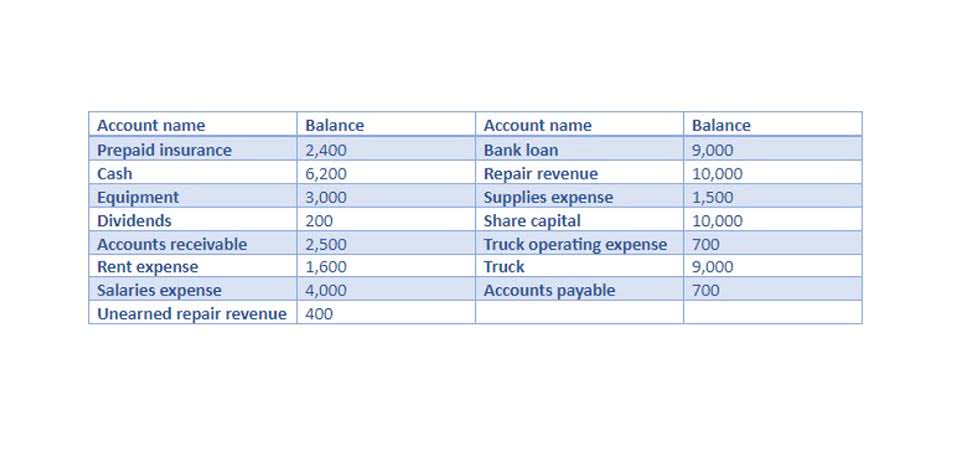
Stockholders’ equity, also known as owner’s equity, is the total amount of assets remaining after deducting all liabilities from the company. A company’s shareholders’ equity is fluid, often changing several times during a year due to actions taken by the company, which can affect one or more of the components. Stockholders’ equity is a line item that can be found on a company’s balance sheet, and the trend in stockholders’ equity can be assessed by looking at past balance sheet reports. Another benefit of share buybacks is that such corporate actions can send a positive signal to the market, much like dividends, without the obligation to maintain the repurchases (e.g. a one-time repurchase). Shareholder equity is one of the important numbers embedded in the financial reports of public companies that can help investors come to a sound conclusion about the real value of a company. The retained earnings are used primarily for the expenses of doing business and for the expansion of the business.
LVMUY (Lvmh Moet Hennessy Louis Vuitton SE) Debt-to-Equity – GuruFocus.com
LVMUY (Lvmh Moet Hennessy Louis Vuitton SE) Debt-to-Equity.
Posted: Thu, 25 Apr 2024 19:16:29 GMT [source]
With various debt and equity instruments in mind, we can apply this knowledge to our own personal investment decisions. Although many investment decisions depend on the level of risk we want to undertake, we cannot neglect all the key components covered above. Bonds are contractual liabilities where annual payments are guaranteed unless the issuer defaults, while dividend payments from owning shares are discretionary and not fixed.
Free Accounting Courses
When a company needs to raise capital, it can issue more common or preferred stock shares. If that happens, it increases stockholders’ equity by the par value of the issued stock. For example, if a company issues 100,000 common shares for $40 each, the paid-in capital would be equal to $4,000,000 and added to stockholders’ equity.
Stockholders’ equity measures the ratio of assets to liabilities in a company. It can also be referred to as shareholders’ equity, owner equity or book value. In terms of its application, stockholders’ equity can be used to generate a financial snapshot of a company at any given point in time. Specifically, this metric can be used to evaluate the likelihood of receiving a payment should the company have to liquidate. If a company sold all of its assets for cash and paid off all of its liabilities, any remaining cash equals the firm’s equity.
Return on Equity Template
The image below from CFI’s Financial Analysis Course shows how leverage increases equity returns. There is also such a thing as negative brand equity, which is when people will pay more for a generic or store-brand product than they will for a particular brand name. Negative brand equity is rare and can occur because of bad publicity, such as a product recall or a disaster. We can apply this knowledge to our personal investment decisions by keeping various debt and equity instruments in mind. Although the level of risk influences many investment decisions we are willing to take, we cannot ignore all the critical components discussed above.

You must add long-term assets to current assets to get the total assets for this equity formula. Paid-in capital is the money that a company receives when investors buy shares of its stock. In exchange for that stockholders equity formula capital, investors claim an equity stake in the company. Retained earnings are the part of a company’s profits that it keeps for reinvestment after dividends and other distributions are paid to investors.
Shareholders Equity
However, there have been many cases in which the assets were exhausted before shareholders got a penny. Through years of advertising and the development of a customer base, a company’s brand can come to have an inherent value. Some call this value “brand equity,” which measures the value of a brand relative to a generic or store-brand version of a product. As of September 30, 2023 (the date listed on the company’s 2023 annual report), the company had an accumulated deficit of $214 million. The company also reported an accumulated other comprehensive loss of $11.4 billion. A good use case is comparing a company’s ROE over time to understand whether it’s doing a better or worse job delivering profits now than in the past.
Nevertheless, the owners and private shareholders in such a company can still compute the firm’s equity position using the same formula and method as with a public one. Company equity is an essential metric when determining the return being generated versus the total amount invested by equity investors. Upon calculating the total assets and liabilities, company or shareholders’ equity can be determined.
Why is ROE Important?
The total assets value is calculated by finding the sum of the current and non-current assets. Investors are wary of companies with negative shareholder equity since such companies are considered risky to invest in, and shareholders may not get a return on their investment if the condition persists. For example, if the assets are liquidated in a negative shareholder equity situation, all assets will be insufficient to pay all of the debt, and shareholders will walk away with nothing. Shareholders’ equity can help to compare the total amount invested in the company versus the returns generated by the company during a specific period. The shareholders’ equity is the remaining amount of assets available to shareholders after the debts and other liabilities have been paid. The stockholders’ equity subtotal is located in the bottom half of the balance sheet.
A company’s equity, which is also referred to as shareholders’ equity, is used in fundamental analysis to determine its net worth. This equity represents the net value of a company, or the amount of money left over for shareholders if all assets were liquidated and all debts repaid. What remains after deducting total liabilities from the total assets is the value that shareholders would get if the assets were liquidated and all debts were paid up. If it’s in positive territory, the company has sufficient assets to cover its liabilities. If it’s negative, its liabilities exceed assets, which may deter investors, who view such companies as risky investments. But shareholders’ equity isn’t the sole indicator of a company’s financial health.

